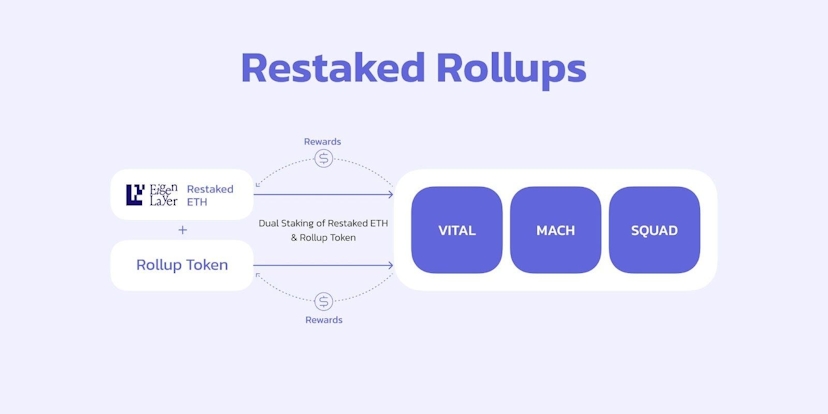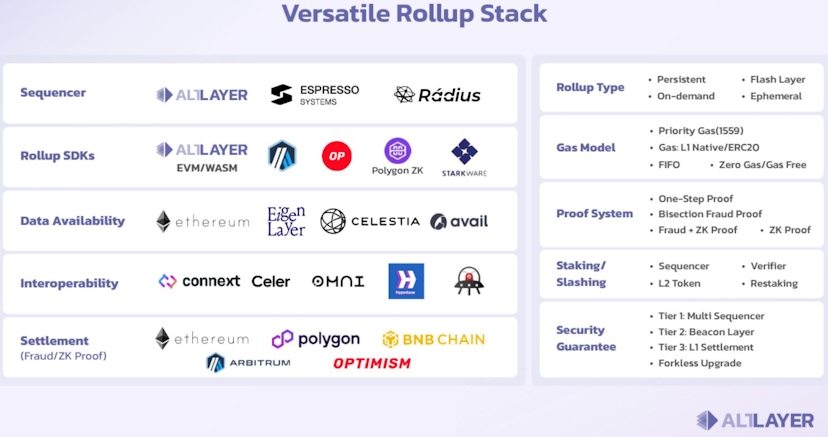EigenLayer Unveils ‘Restaked Rollups’ In Collaboration With AltLayer
New tooling will enable developers to quickly spin up app-specific networks without compromising on decentralization.
By: Owen Fernau • Loading...
DeFi
Restaking protocol EigenLayer and rollup solution provider AltLayer have introduced a concept called “restaked rollups,” which could solve key issues for Ethereum scaling.
To that end, AltLayer is offering three services which will, in theory, allow developers to quickly spin up their own app-specific rollups, without sacrificing decentralization or compromising on speed.

EigenLayer allows users to “restake” their staked Ether or liquid staking tokens (LSTs) to secure other services in addition to the Ethereum blockchain. Third-party systems secured by EigenLayer are called Actively Validated Services (AVS).
In the context of the partnership, EigenLayer provides the security for AltLayer’s rollups as AVS.
Rollup networks, which are Layer 2 scaling solutions for Ethereum, have been a recurring theme this year, attracting more than $16B of assets to their chains. Arbitrum is currently the leading L2, with roughly half the sector’s total value locked (TVL).
Centralization Challenges
However, spinning up a rollup that offers fast and cheap transactions without compromising on decentralization has proved to be a massive technical challenge.
The biggest hurdle for rollup developers lies in sequencers, key pieces of software responsible for ordering, processing and aggregating transactions on a rollup before posting their results to the main chain.
Currently, leading rollups like Arbitrum and Optimism control their own sequencers. With the use of such centralized sequencers, the projects could potentially rearrange transactions to favor certain parties — which would be antithetical to decentralization.
However, as AltLayer points out, the teams’ reputation and the number of people observing major chains like Aribitrum and Optimism have made centralized sequencers an acceptable design choice, at least in the short term.
This centralization risk increases when dealing with individual developers looking to spin up a small-scale rollup. Enough people aren’t watching the chain, so it’s hard for such projects to develop user trust.
Despite this, tooling has emerged for developers to deploy their own rollups — Arbitrum, Optimism, and others have released software development kits (SDKs) to simplify the process. These SDKs don’t provide all the tooling to make small-scale rollups strongly decentralized, which is where AltLayer and Eigenlayer are looking to step in.
Eigenlayer and AltLayer are part of an emerging design paradigm in the Ethereum space centered around modular blockchains. The core idea is that developers can pick and choose different providers to take on various aspects of a rollup’s architecture.

The restaking rollup framework may prove to be another step along the way to a crypto stack where developers can deploy fully decentralized rollups within minutes.
Advertisement
Get the best of The Defiant directly in your inbox 💌
Know what matters in Web3 with The Defiant Daily newsletter, every weekday
90k+ investors informed every day. Unsubscribe anytime.